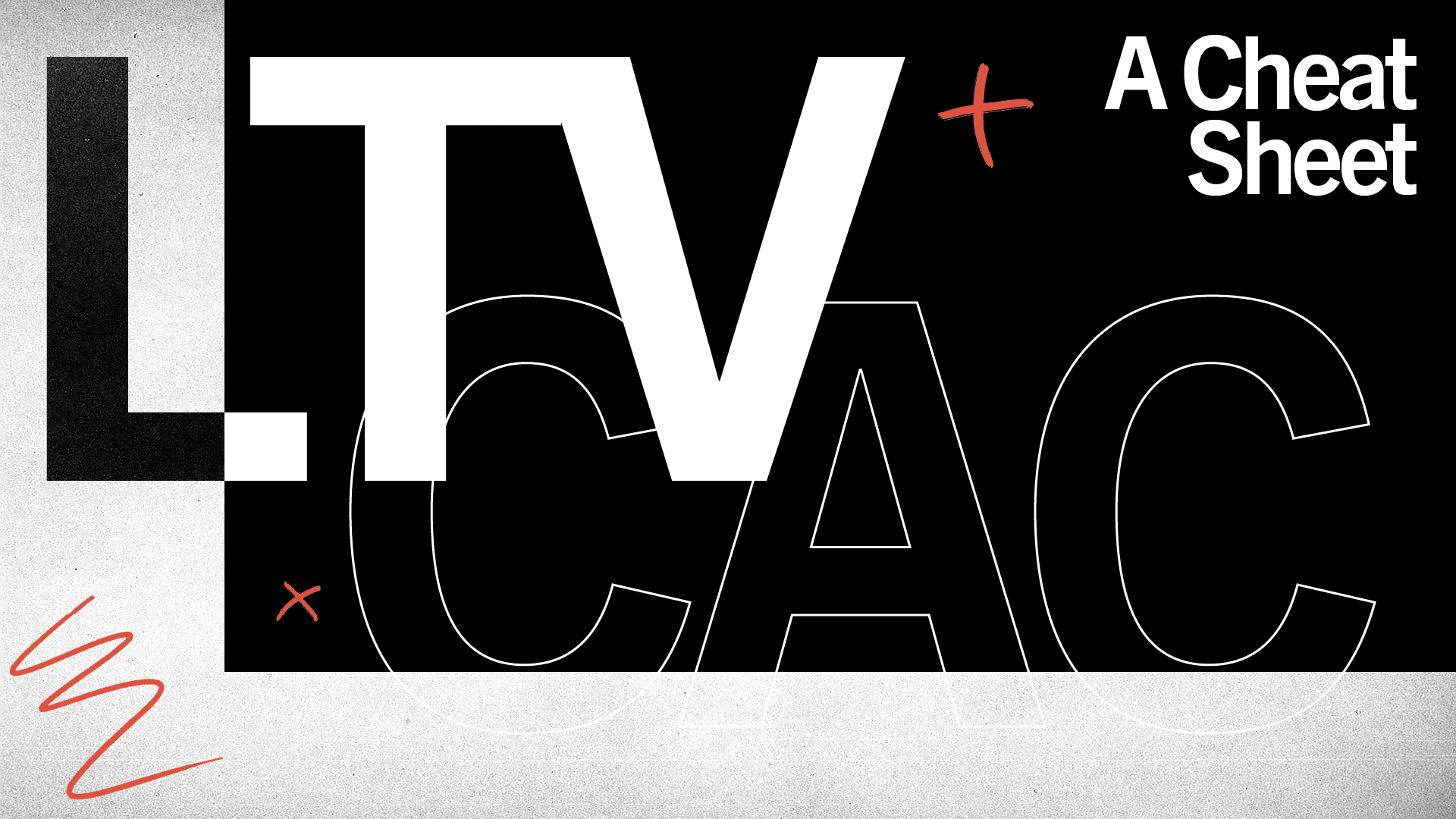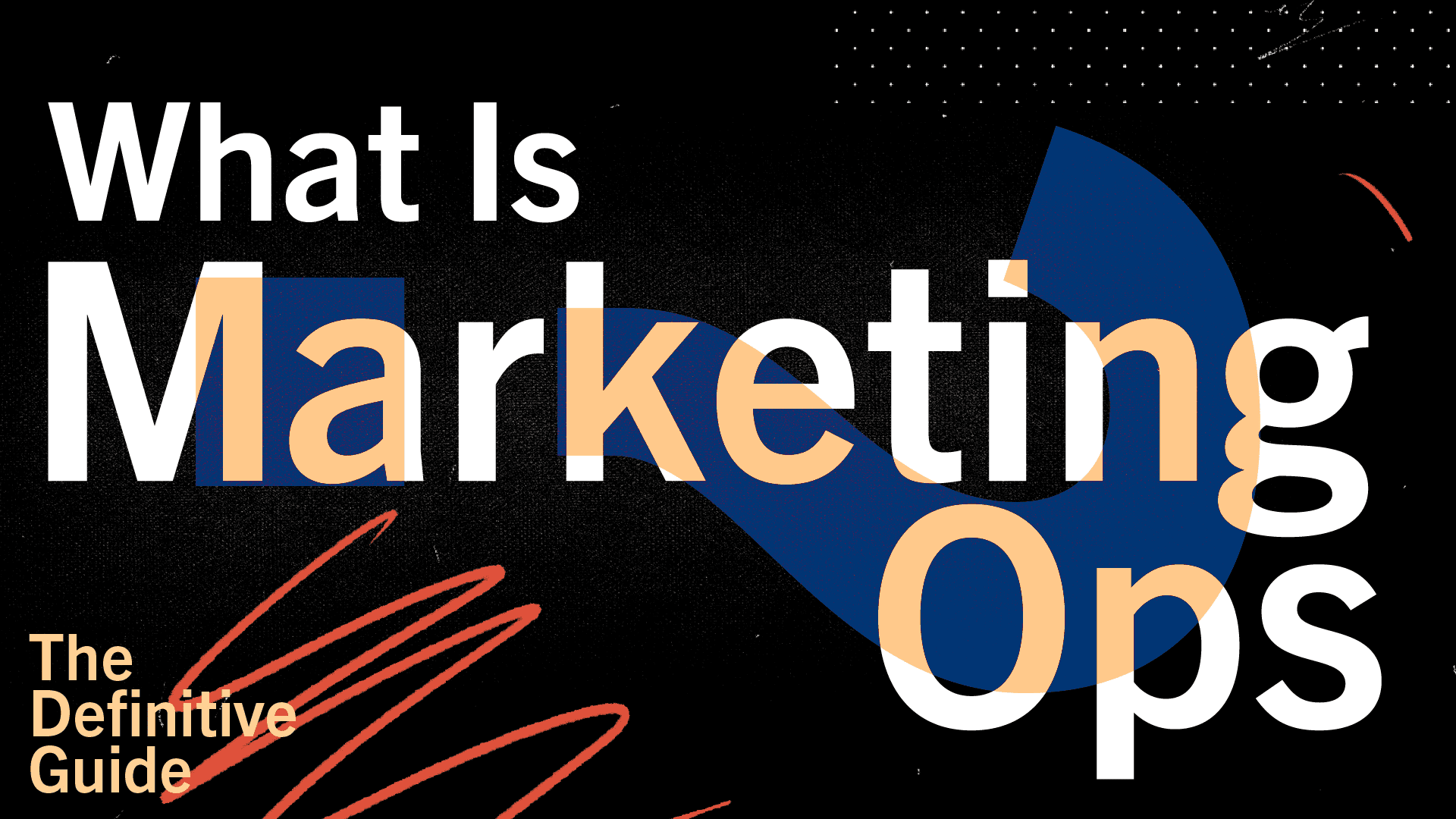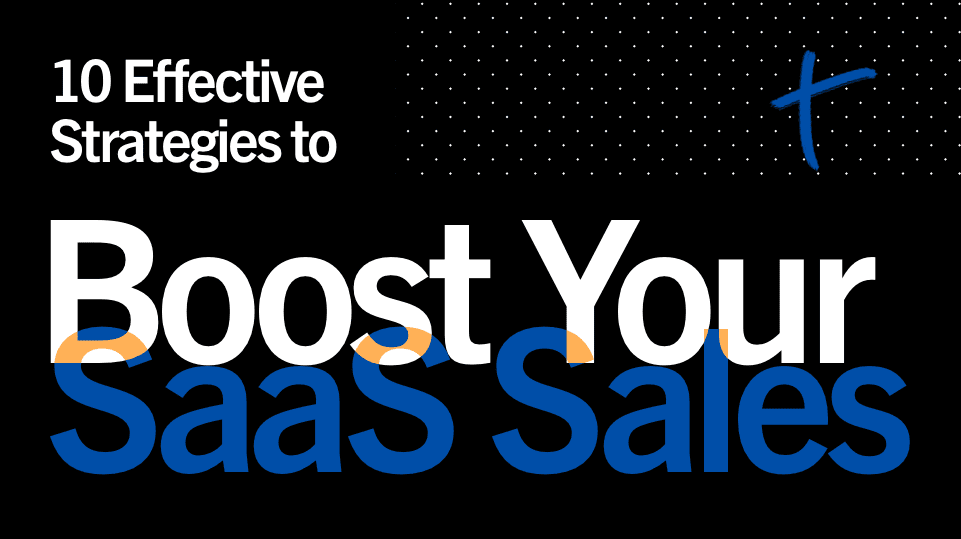Guide
The Definitive SaaS Marketing Guide to Generating Customers
Why SaaS Marketing Is Leading The B2B World
In today’s tech-heavy world of softwares and updates, it’s no surprise that SaaS marketing deserves its own unique focus. And as businesses become increasingly more digitally integrated, the need for software (and marketing for software) isn’t going anywhere anytime soon.
This is exactly why SaaS marketing is so important in today’s B2B world. Not to be cliche, but, it might very well be “the future” of marketing in general.
“In ten years it’s safe to say that every company will be a tech company and they will all be pursuing the unit economics that the SaaS business model brings to the table.”
– Garrett Mehrguth | Directive, CEO
So, what exactly is this “future” of marketing? What makes SaaS marketing so uniquely strategic that the rest of the digital marketing world stands to learn from it?
Well, in this post we’ll be explaining exactly that. So strap in.
What Is SaaS Marketing?
For starters, let’s define what SaaS marketing is in its simplest terms:
First, what does SaaS stand for? SaaS stands for Software As A Service – as in the service your company is providing is a software-based solution for other businesses. This is why SaaS is a primarily B2B industry.
SaaS Marketing specifically is the process of building awareness for different B2B SaaS brands in order to drive more customers and revenue.

What makes SaaS so uniquely special is the fact that, even though you’re dealing with a product like a downloadable software suite, you are not dealing with an ordinary product transaction.
How Is SaaS Marketing Different Than Traditional Marketing?
As opposed to the traditional eCommerce or brick and mortar transactions, the lack of a tangible product makes the comparison/consideration stages of the purchase cycle much, much longer.
Given the digital nature of SaaS marketing, it’s important to remember how many competitors your potential customers are constantly exposed to. With all of the free trials and free demos on the market today, customers have far more opportunities to experience the software, the brand, and the actual solutions before deciding to buy.
This means that value driven marketing that speaks to the specific pain points of your end buyer becomes very important. As opposed to simply finding your buyers at the right time in the funnel and capturing them on interest alone, with SaaS you have a bit more work set out for you.

Navigating The SaaS Sales Cycle
Let’s take a look at this monster of a sales cycle and see what ins and outs you’ll need to navigate as a SaaS marketer.
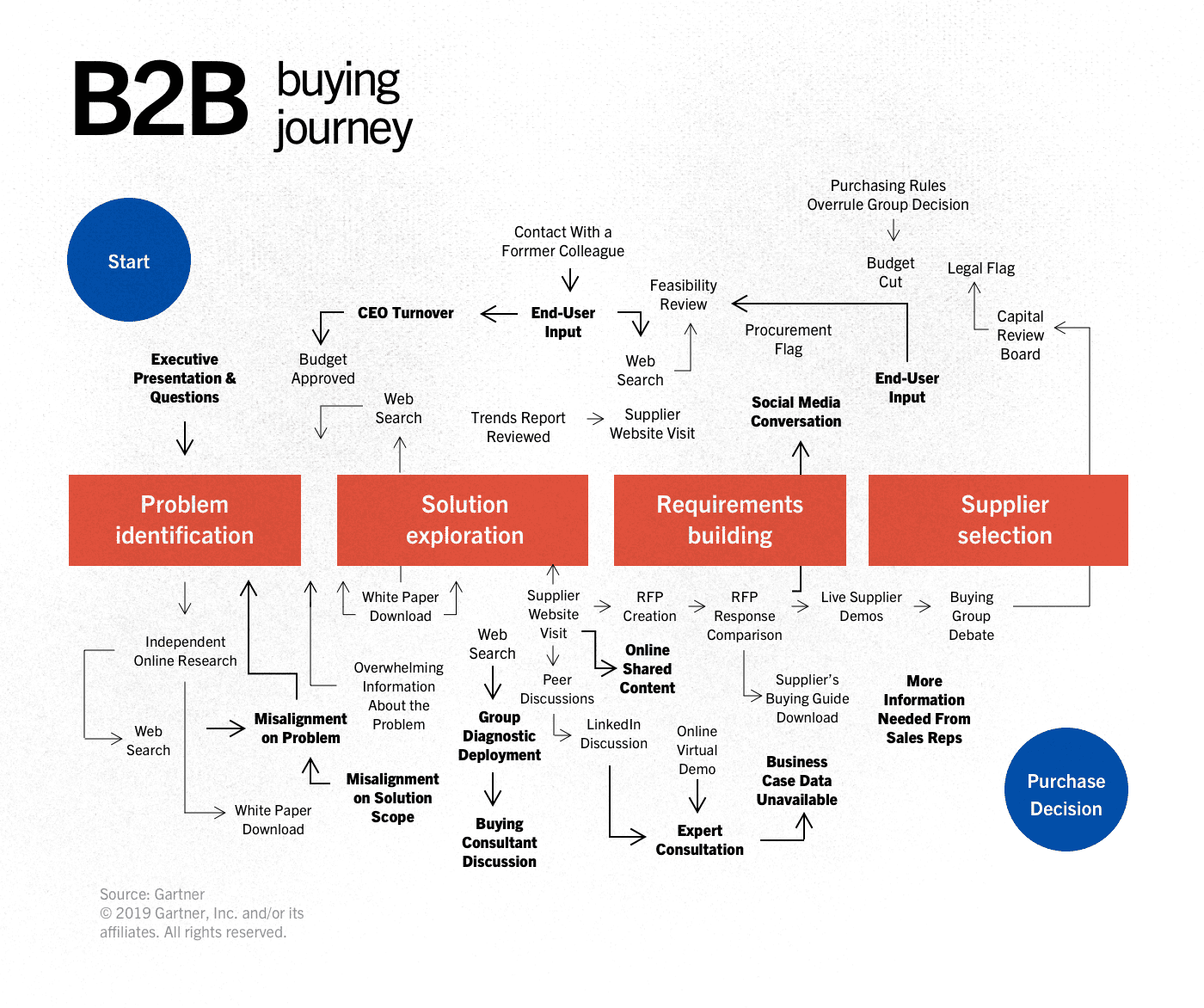
As you can see from the image above, the B2B buyer’s journey is far from “linear” when it comes to the SaaS world. With all of these different touch points within the same consideration phase, maintaining constant awareness while still moving leads towards activation can be difficult. And, what makes things even worse, is that this convoluted map often makes attribution a nightmare.
In hopes of solving this attribution crisis, Demand Generation was created as a marketing methodology dedicated to qualifying these disparate marketing touches. And thus the Marketing Qualified Lead – or the MQL – was born.
But here’s the thing about MQLs…
Despite what most demand gen specialists might want to tell you – they don’t actually translate into scalable revenue.
“What the MQL does is allow the marketing team to quantify the work they’ve done without actually tying their inputs or outputs back to revenue.”
Oftentimes, SaaS marketers over-prioritizing demand gen strategies blindly focus on MQLs and toss them along to the sales team without a second thought. But if you take a moment to ask your sales reps, they’ll likely have some choice words to describe how they feel about leads that come from traditional MQL sources like content downloads and eBooks.
I’ll be clear – they don’t see them as qualified at all – despite what the Q in MQL might say.
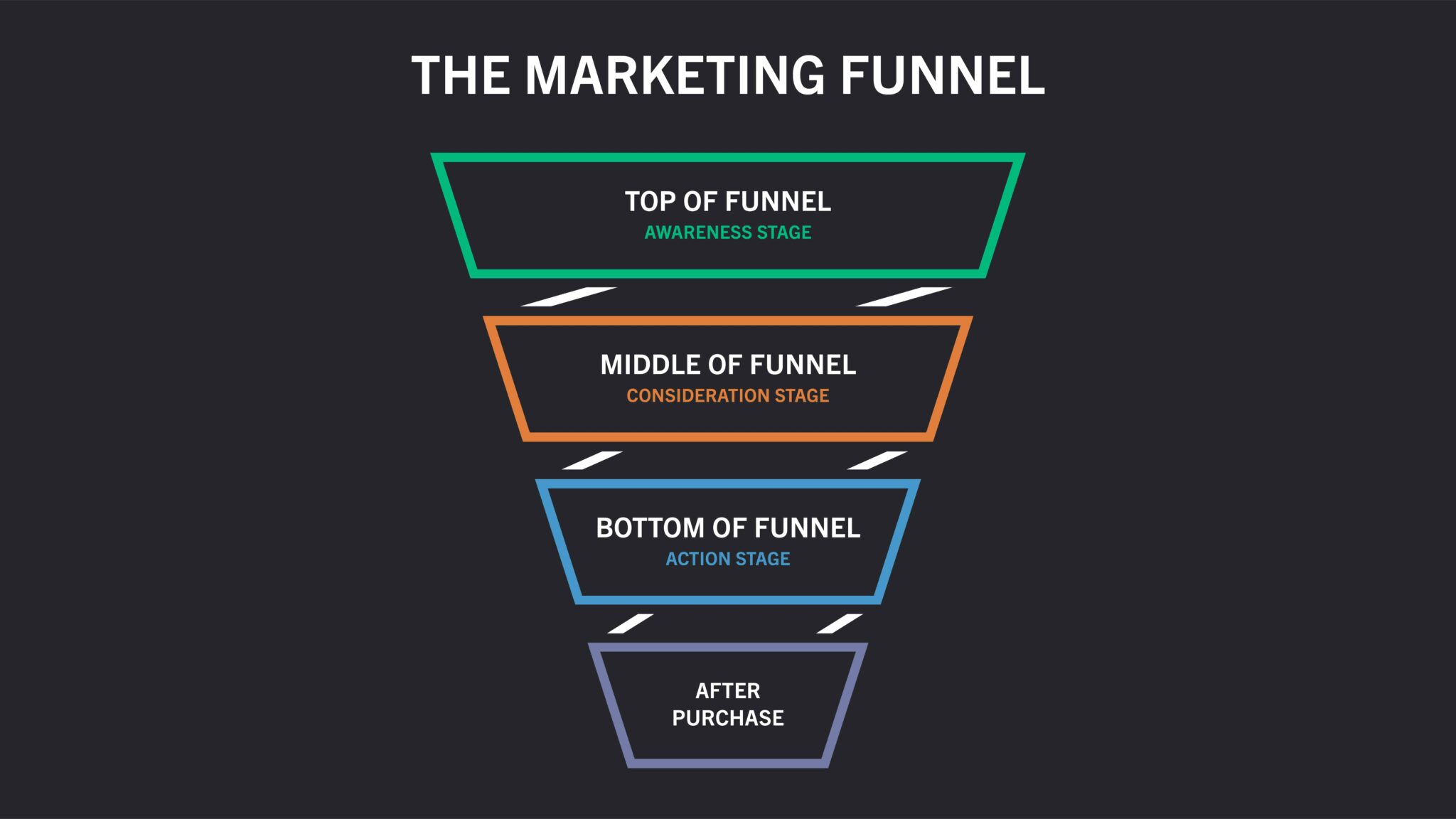
Core SaaS Marketing KPIs
Given the complexity of the SaaS buyer’s journey, it’s absolutely vital for SaaS companies to know how to properly prioritize capital towards actual value generating strategies. Budget burn, MarTech bloat, and a lack of returns from marketing initiatives are some of the biggest complaints of SaaS executives after all.
And for good reason.
Given the actual close rates of MQLs and the value they generate, it’s difficult to actually grow a brand even while increasing your MQL numbers.
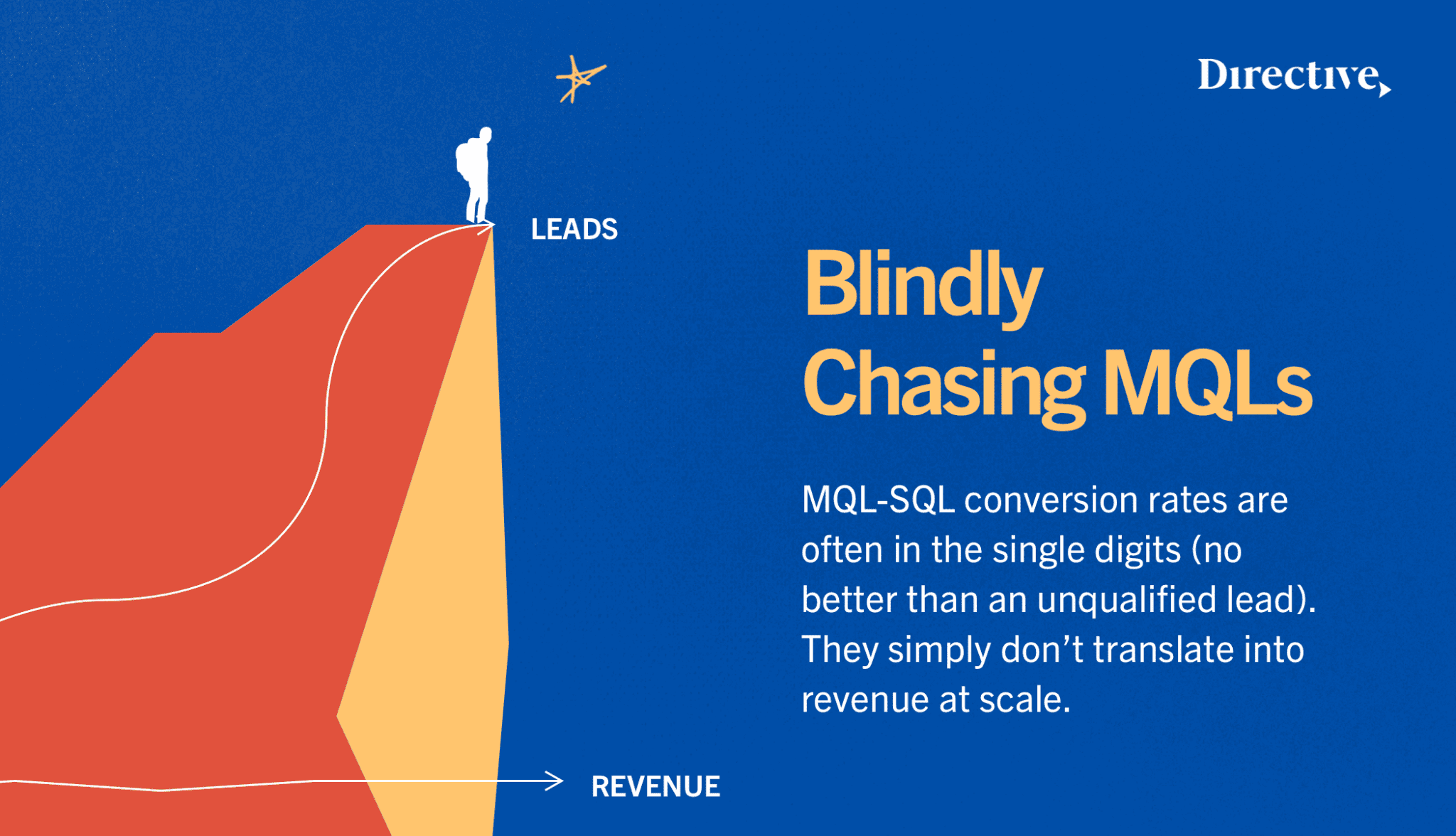
This is why identifying the right KPIs and NSMs can make or break a SaaS brand (or SaaS agency). Here are just a few common SaaS KPIs for you to consider:
- Cost Per Channel
- Revenue Per Channel
- Customer Lifetime Value (CLTV) or simply (LTV)
- Customer Acquisition Cost (CAC)
- Annual Recurring Revenue (ARR)
- Monthly Recurring Revenue (MRR)
- Customer Churn Rate
- Customer Retention Rate
- Net Promoter Score (NPS)
- Growth Rate
- Direct Traffic
- Organic/Paid/Referral Traffic
- Conversion Rates
- Closed/Won Rates
- User Activation Rates
What you don’t see on that list, however, is the real golden ticket. The best measure of success when it comes to SaaS marketing is the LTV/CAC ratio. And – to be a bit reductive – the focus on aligning strategies towards LTV and activation as opposed to clicks and quick wins is what the rest of the world can learn from SaaS.

The digital landscape is only going to further empower online consumers as we continue to evolve technologically. Which means that this same level of complex buyer’s cycle is likely to start to pop up in more and more industries.
In the world of high level B2B spending, consistent and scalable financial modeling is a must. Knowing which campaigns and which touch points are actually driving increased value and which are simply driving clicks and burning budget is a type of super-powered insight in this competitive world.
Analyzing your LTV:CAC ratio (as opposed to your cost-per-click-per-platform-per-campaign) gives you insights into what is actually making you money at the end of the day. It tells you what is working, and what needs to work harder.
If only there were some useful guide or tool for you to read to learn more about LTV:CAC modeling and budget allocation…
5 SaaS Marketing Strategies That Enhance Customer Acquisition
Now that we’ve touched on what SaaS marketing focuses on as a whole, let’s dive into the actual meat of this article – how to start generating customers with SaaS marketing.
Now, there are countless different strategies that can fall under the SaaS marketing umbrella – so we’ll stick to the big five for the high-level view.
1. Customer-Led SaaS SEO
Customer-Led SEO forgoes the funnel for a customer lifecycle approach designed to acquire, sell, and retain customers.
For too long SEO has focused on rankings and driving traffic. But B2B SaaS has moved on from traffic – we need qualified customers and revenue. We don’t need traffic, we need the right traffic.
SEO is a highly effective channel at driving the right traffic if you tailor your strategy to your customer segments. You need to create content and landing pages for the right people – creating customer journeys for each customer segment to acquire, sell and retain them.
Customer-Led SEO is about customer-centric content at scale.

The modern B2B SaaS marketing stack is oriented around customer success. Customers report that the experience is more important than the price, and SaaS companies that are growing are much more likely to be investing in customer success.
Customer-Led SEO creates customer experiences that are tailored to your customer segments and creates highly effective journeys that drive awareness, acquisition AND retention. Finding the right SaaS SEO Agency is imperative to creating those impactful customer experiences which lead bottom line revenue.
2. Customer-Led Paid Media for SaaS
Customer-Led Paid Media changes the paradigm of how we connect and convert.
It’s more than an ad, it’s a first impression – and first impressions matter. Highly relevant, personalized ads at first-touch lead to stronger conversions.
This is easier said than done. A deep level of Customer intelligence is required, across first party data, TAM segmentation, personas, and customer voice.
But the results are worth it. Brand differentiation. Customer value. Customer generation.
Customer-Led Paid Media combines customer intelligence with sophisticated messaging and placement, to reach customers where they are, with the offer they want, when they need it. Not every paid media agency for SaaS adopts a customer led approach, and this can unfortunately lead to a lot of wasted time and spend.
“Customer-led paid media changes the game for performance marketing. By leveraging 1st party data within our ad platforms, we can target on the MQL level. This allows are teams to execute direct response ads that auto-quality as SQLs.”
– Brady Cramm | Directive, Director Of Strategy
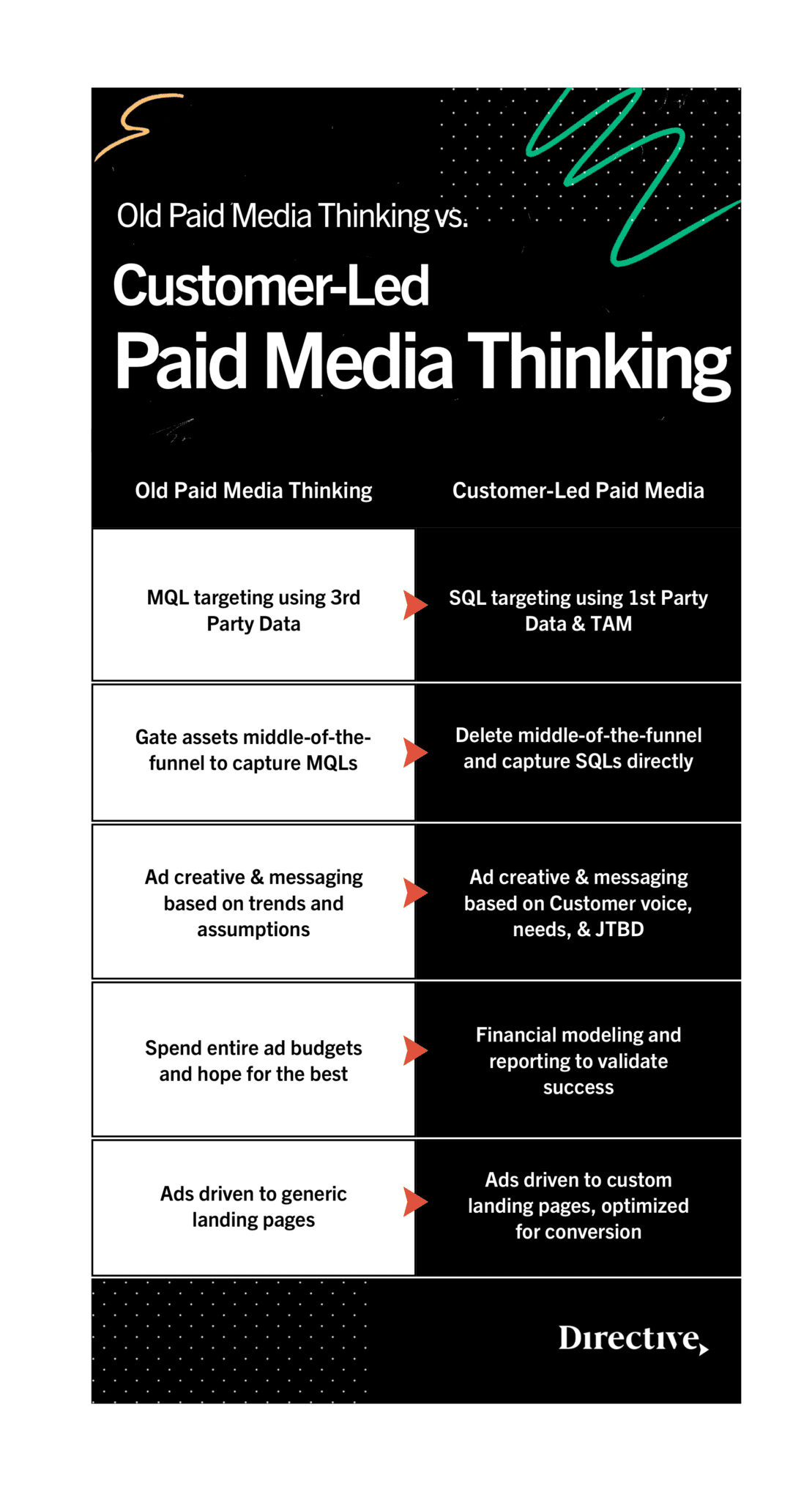
3. User-Driven Search Queries For Content
Content Marketing in SaaS has evolved beyond simply targeting high volume keywords and shooting for page 1 of Google.
You aren’t creating content to impress Google. You’re creating content to connect with your customers. Don’t let the method become madness.
Content built around user-driven search queries allows you to craft stories that actually engage with your customers and help solve their problems. Customer-Led content goes against the grain of traditional “SEO content” and gets straight to the customer’s jobs-to-be-done (JTBD).
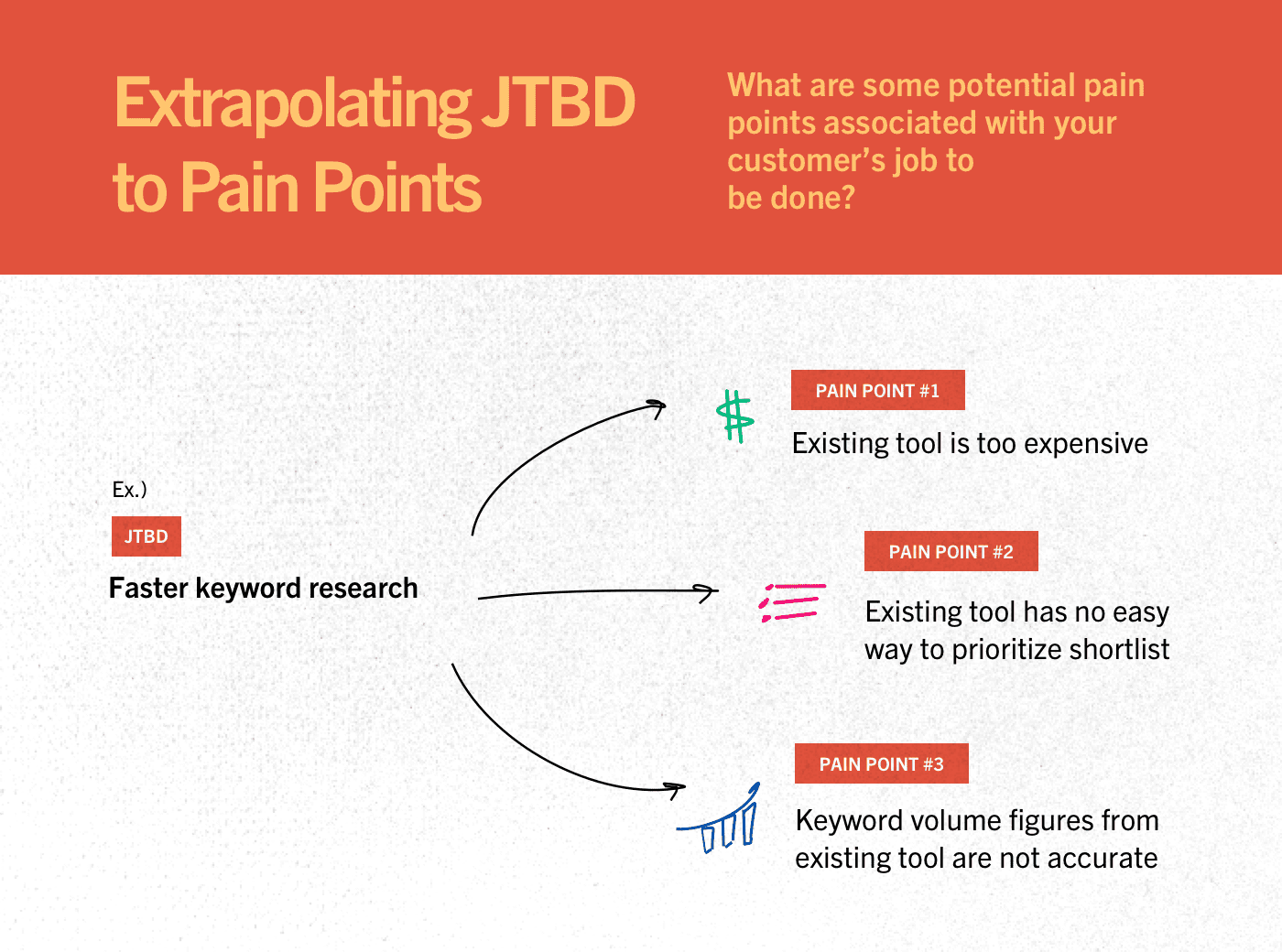
Customer Insights Are The Best Data
Competitors, rankings, links, page speed, indexation. Big data, you need ’em all. But the most valuable data is insight from your customers. Customer interviews & customer research drives your approach to customer segments, keyword research, landing page creation and content strategy.
Content That Meets Customers' Jobs To Be Done
Forget about “SEO content” – focus on customer’s JTBD to create content that meets them where they are, with the content they need. And don’t stop there – by using content as a channel for education you can drive better qualified leads, and increase retention and product usage as well.
Scale To Meet Breadth Of Customer Needs
Content only works when it scales. For every customer segment there’s a unique mix of intents, questions and jobs to be done. Develop holistic strategies including templates, guides, glossaries and education libraries that scale to meet your customers where they are at every step of the journey.
Iteration And Learning Powers Growth
Content briefs are not enough – you need to be constantly updating, iterating and improving your core landing pages to convert traffic into customers. Use customer insights to create pages that convert, test new pages, and continually improve and expand to create defensible growth.
“It’s truly remarkable what can be achieved when you look at SEO and content as a holistic approach to connecting with customers instead of focusing on just the keywords.”
– Brian Glassman | Directive, Account Director
And if you don’t take Brian’s word for it, you can look at the results themselves: having the campaign shortlisted for the US Search awards for their innovative work.
4. SaaS Remarketing And Automation
We all know the power of tracking and data in today’s advanced marketing world. Leveraging sophisticated tech stacks can be daunting for newcomers – but to the big boys up in SaaS it’s how true value levers are created.
By using reverse IP tracking tools you can cross reference your incoming site visitors with your actual prospects list and create dynamic adjustments in your site copy and automations.
This way, if someone lands on your site and is a member of your prospect list, your site’s messaging will adjust to their specific vertical’s pain points. You can also tag these IPs associated with these prospect accounts to create targeted advertising lists that focus your budget on only potential customers.
“Creating a seamless transition from initial exposure, direct website visit, and actual sales hand-off is vital to efficient and scalable SaaS marketing. You always want to think of how this interaction will eventually lead to you connecting with and helping an actual customer.”
– Brian Bui | Directive, Director of Marketing
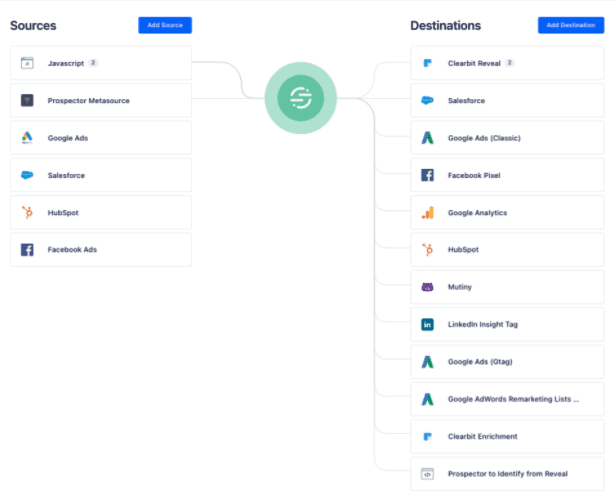
Don’t worry, we’ll cover more of these juicy customer-led tactics in the following sections on Customer Generation.
5. TAM Incentives (Pay The Prospect Not The Platform)
Another SaaS marketing strategy that drives actual growth instead of just performance is one that turns the traditional model on its head just a bit.
(Noticing a trend yet?)
Instead of paying the platform like LinkedIn or Google Ads in order to engage with a bulk audience that may hopefully contain some of your audience, why not try the opposite? Take that budget that you’ve allocated towards increasing spend on any given platform and use it to incentivize your audience instead.
Why pay the platform more just to play a numbers game? Why not actually increase your chances of success by giving that money straight to the user with, say, a $100 gift card.
The results seem to make it look like it’s at least worth a shot…
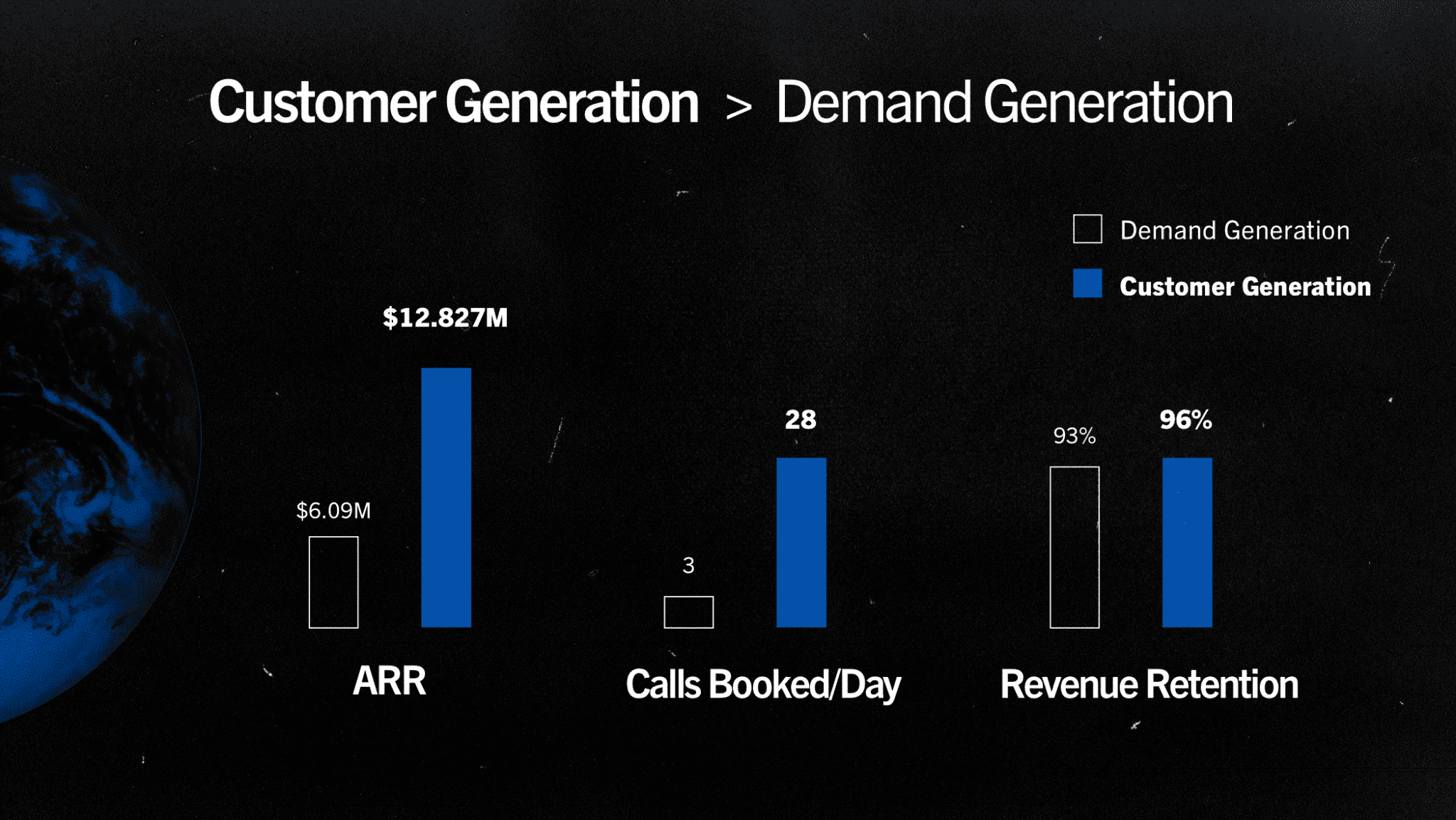
The Unsung Hero Of SaaS: Customer Generation
Now, let’s take a moment to consider why exactly the fifth SaaS marketing strategy seems to blow the others out of the water. Well, the success of the strategy can be seen in the name, quite frankly: pay the prospect not the platform.
Although giving away $100 just for an intro call may have seemed radical, this strategy was built on one of the core principles of Customer Generation: financial modeling.
We realized that it was actually more effective to our booking rate and close rate to pay the prospects in our target audience as opposed to burning the budget on the platform itself.
This financial modeling insight was built on the customer-led hypothesis that by providing more value to our prospects would generate higher engagement rates.
We didn’t need to hit them more. We needed to hit them with something better. And that stats really do speak for themselves:
Society - Home Of Customer Generation
Customer Generation Core Principles
Given that it’s the natural evolution of Demand Gen, Customer Generation focuses on solving the primary pain points of its predecessor.
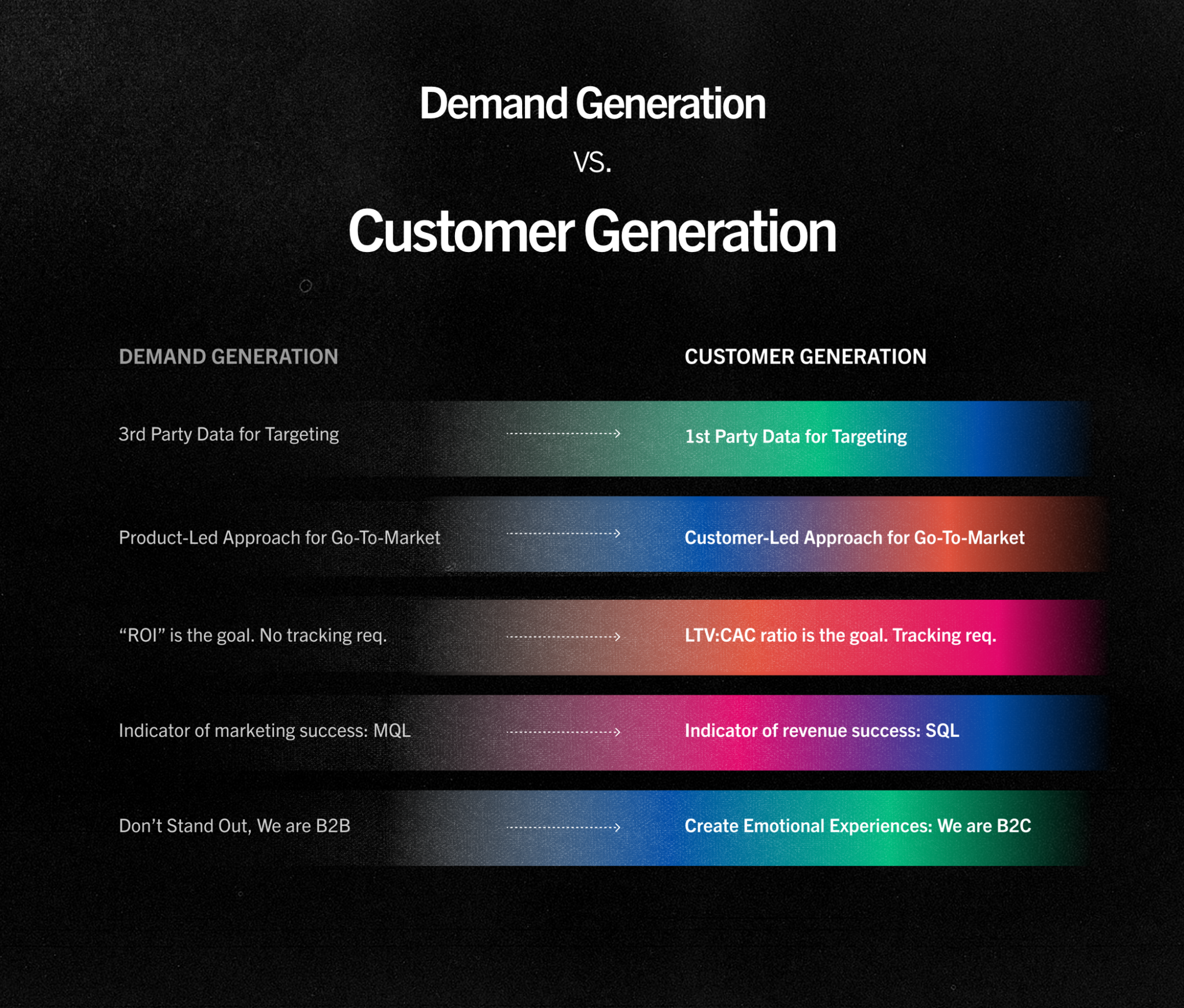
By realigning your strategies towards generating customers over clicks, you can start to see the growth and tangible attribution that most marketers only dream of. We know because we’ve done it ourselves.
Let’s take a look at the core principles of Customer Generation and how it delivers on the promise Demand Gen forgot about. Here we’ll dive into how it exactly counters each of the five primary pain points of traditional SaaS marketing.
1st Party Data Unlocks Scale
By mapping your Total Addressable Market (TAM), building account lists, you’re able to aggressively scale spend with actual statistical confidence. 1st party data not only future proofs your campaigns; but also gives you the confidence to grow brand advertising because every impression delivered will be a future customer.
Customer-Led > Product-Led
Your product is not for the masses. The Customer-Led approach gives you the power to impact business KPIs such as: average contract value, trial conversion rate, lifetime value, customer acquisition cost, and more. By focusing on your most valuable customers, you’re in more control of what matters most – your actual end customer’s experience. Focusing on improving this end of the marketing interaction as opposed to forcing your new product on everyone generates obvious improvements.
Financial Modeling Is A Need to Have
Scaling without financial modeling is a pipe dream. Partnering with data architecture to identify your most impactful levers through your customer-led marketing ops team gives you the tools – and the confidence – to allocate more budget where you need it most.
SQLs Beat MQLs, Every Time
Let’s keep this one simple. MQLs are like balloons. When they inevitably pop, there’s nothing inside. Great marketing makes you money. No need for extrapolation here.
There’s No Such Thing As B2B
Your customers are people, not corporations. They hate inhumane marketing as much as you do, we promise. Hold yourself to a higher standard of crafting genuinely delightful customer experiences and see if your customers don’t respond.
How To Incorporate Customer Generation Into Your SaaS Strategy
Now that we’ve spent an appropriate amount of time showing you why the Pillars of Demand Generation misses the boat when it comes to SaaS, you’re probably looking for some help. If what you’re doing isn’t working, then what can you actually do to improve the situation?
Don’t worry, we’ve got you covered there as well. Below you can find a brief walkthrough of what you’ll need to do to get started with your newly aligned Customer Generation SaaS marketing strategy. It’s not quite a 12 step program…but it’ll get you over your addictive relationship with Demand Gen.
- Forsake the MQL
- Admit your product isn’t’ for everyone
- Build and curate your TAM
- Ask your TAM what makes you special
- Setup closed-loop tracking (OCT)
- Start financial modeling your goals
- Set realistic goals for your budget
- Synchronize your marketing and sales teams to the same goal
- Realign your growth department (above) to SQLs
- Remember at the end of the day, B2B is actually B2C
- Double down on your wins, work harder on your losses
You can find a few more helpful resources below on how to get started on your first of the eleven steps. And if you need any help along the way, don’t worry, you can always join our community of SaaS experts dedicated to Customer Generation – now over 1000 members strong!
Conclusion: SaaS Marketing Just Grew More Strategic
So, what can be said about SaaS marketing moving into the new age of Customer Generation? Well, simple – it’s time we all step our game up when it comes to how strategic we are with each marketing touch-point.
Hitting Cost-Per-X goals, handing it over to the next stage in the funnel or the next sales rep, and calling it a day isn’t going to cut it anymore. Our strategies, campaigns, protocols, and practices need to evolve to focus more on the customer on the other end of the platform. Remember, B2C not B2B.
Any truly successful SaaS SEO agency or any other digital consultant worth their salt will look beyond the vanity metrics to see the real value. Truly impactful growth campaigns aren’t hidden away in the perfect CPC optimization strategy. These insights can only truly be found from your customers.
Building, or re-building, your SaaS marketing strategies from the bottom up with this customer-led mentality is the first step to realigning your brand for true success in the digital marketing world. It’s time we all move past the legacy metrics of demand generation and move onto creating systems designed to actually help our end buyer.
That’s the software user you initially set out to help with your service. Let’s get back to that. You start worrying about the value you’re providing to your customers and your SaaS marketing strategy will build itself.
To end with another cliche:
“If you build it, they will come.”


